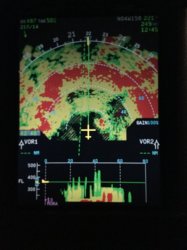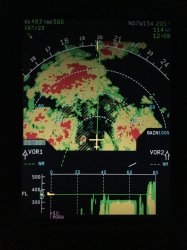jb747
Enthusiast
- Joined
- Mar 9, 2010
- Posts
- 13,504
What damage to the hull (or engines) would you expect to have from such an impact.
It might be able to break a radome, or dent a leading edge. An engine in a biz jet probably wouldn't like it, but I'd expect a larger engine to survive, though perhaps with a bent blade or two.
Strange...as I was writing about bird strikes, my house had one...a bird flew into one of the windows. House won.

















